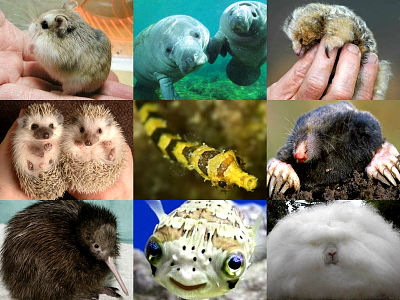Why are ocean sunfish able to thrive despite being faced with so many unfavorable factors for their survival?
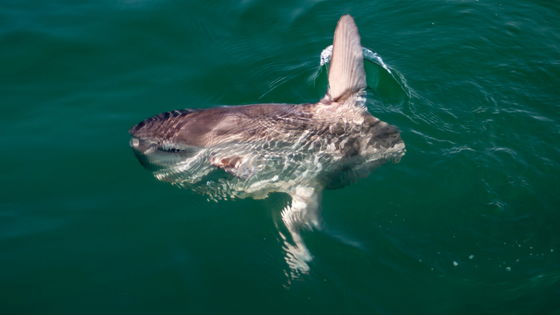
Kurzgesagt, a science-based YouTube channel with over 24.5 million subscribers, explains why ocean sunfish, which have evolved in a comically
The Dumbest Animal Alive - YouTube
The ocean sunfish is a strangely constructed fish, with a gigantic head that seems to have been frozen in evolution.

Its body is very flat and round, and it lacks a proper tail fin, instead having a rudder-like protrusion.

They have fins on the top and bottom that they flap to move forward, a swimming style that is completely graceless.
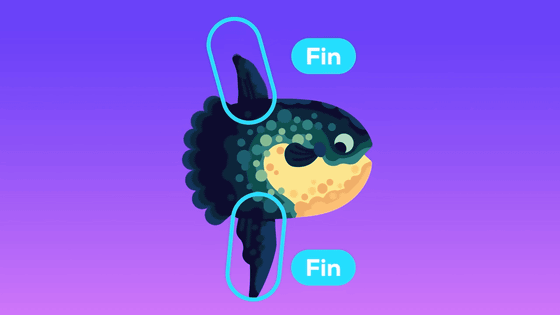
It's more like flying through the water than swimming, but if they really try, they can swim as fast as salmon or marlin.

However, because ocean sunfish do not have swim bladders, they cannot use the same methods that many fish use to gain buoyancy.
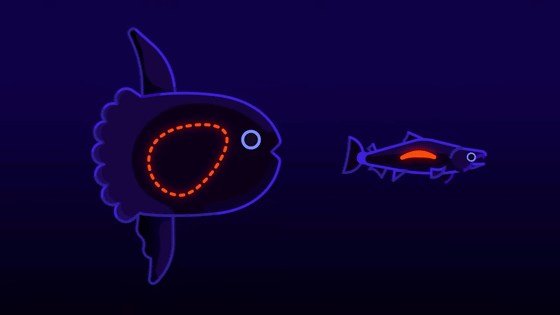
Instead, they have a jelly-like layer of their bodies that's 90% water, which allows them to float and sink, but doesn't help them with agility at all, so most sunfish just float around lazily.

Its teeth are fused together like a parakeet's beak, and its small mouth is always half-open and protruding. Combined with its large, vacant eyes, it always looks as if it has a stunned expression.

They lack scales and have the thickest skin, second only to whales: up to 15cm thick, hard as rubber, and covered in mucus, it resembles armor made from tires.

But what's inside isn't much. Ocean sunfish grow to the size of a car, but their organs are concentrated at the front of their bodies, and the majority of the rest is soft, gelatinous tissue with a strange texture.

Supporting this fragile flesh is a strange skeleton with no ribs or tail vertebrae and a large amount of cartilage.

Their bodies are mobile mini-ecosystems, infested with around 50 different parasites—probably more than any other fish. Crustaceans, barnacles, and other worms and protozoans live in their skin, muscles, gills, and organs. They're such a parasite haven that they can even feed on other parasites.
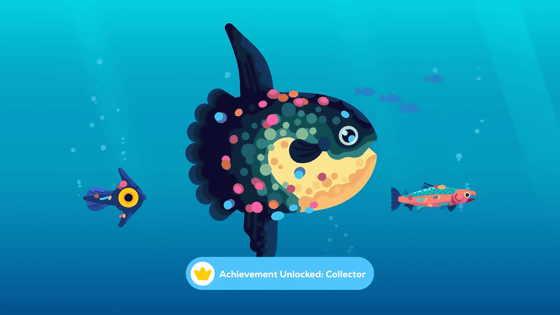
Additionally, some sunfish swim with other fish in tow for protection, leftover food, or to feed on parasites.
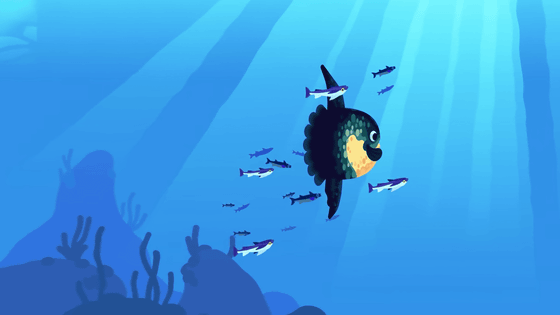
This strange circumstance may be the reason for the ocean sunfish's most bizarre behavior: they often float to the surface of the water and lie down like a pancake. This is a way for them to warm themselves in the sun after returning from the cold depths of the ocean. The English name for the ocean sunfish, 'Sunfish,' comes from this behavior.

When sunbathing, sunfish offer their bodies to seabirds, allowing them to eat the parasites on their bodies.
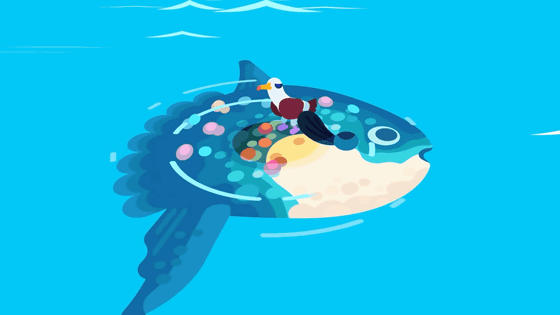
And below the surface, small fish clean the sunfish's underside, a remarkable adaptation to ward off parasites.
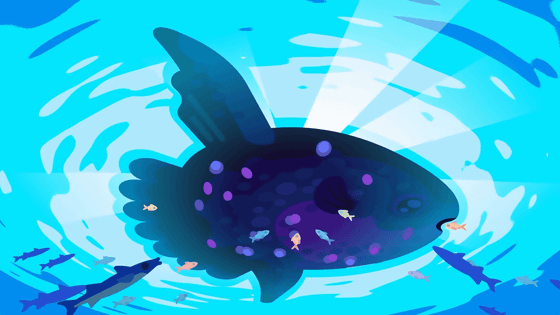
However, sunbathing can also result in fatal collisions with ships, as their cold, sluggish bodies, fresh from the depths of the ocean, are unable to react to fast-approaching objects.

Once they reach a certain size, predatory fish begin to avoid them. Perhaps they mistakenly believe that their size will provoke a counterattack, or perhaps their skin is too tough. However, killer whales, sharks, and sea lions will occasionally nibble on them. However, most of the time, they spit out the ocean sunfish's flesh, as if to say, 'No, I'd rather starve to death.' This is because, to large predators, ocean sunfish are 'watery,' 'nutritious,' 'full of cartilage,' and 'a jelly-like doughnut covered in parasites.' As a result, most predators choose other prey. This is why we see ocean sunfish swimming around with parts of their body torn off.

Sea lions will even eat only the organs of the sunfish, playing with its body like a frisbee and then discarding it.

The sunfish might be sad about this, but we'll never know, because they're incredibly stupid. They have one of the smallest brain-to-body ratios in the animal kingdom: even a car-sized sunfish has a brain the size of a walnut and just a tiny vertebra.
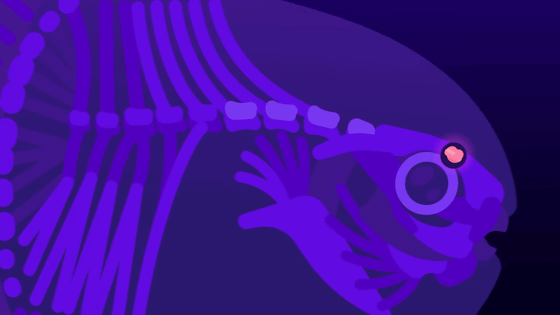
Perhaps due to their stupidity, ocean sunfish are very gentle, non-aggressive towards larger animals, and friendly towards humans. They sometimes approach divers or boats and observe with blank looks on their faces. Even if they do get angry, they have neither the means nor the temperament to harm humans.

Adult sunfish are basically solitary, spending most of their lives drifting aimlessly through the ocean, but occasionally come together to breed. Mating takes place in the deep sea, making it nearly impossible to witness. However, the reproductive strategy of sunfish is to 'kill 99.999% of their offspring.'

Female ocean sunfish are the most prolific broodstock of any vertebrate on Earth, laying up to 300 million eggs in a single spawning.

The eggs are small and float among the plankton, and most do not hatch because they are eaten by predators. The larvae that hatch are strange, about the size of a grain of rice, covered in tiny spines, and have the same puzzled expression as the adults.
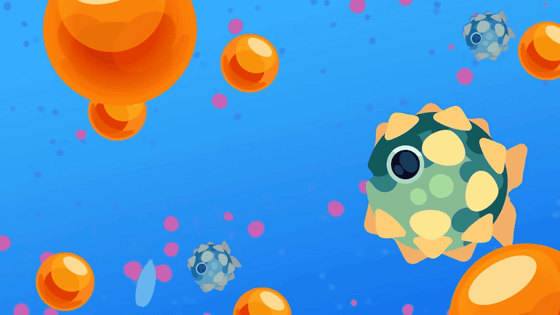
However, they are preyed upon by the millions, so they must grow quickly to survive.

Fortunately, ocean sunfish are among the most rapid and extreme growth animals on Earth, with larvae increasing their body weight by 60 million times between hatching and adulthood.

This is like a human baby growing to the size of an aircraft carrier.

Rapid growth requires a lot of nutrients, which is why the sunfish chooses the 'dumbest diet' possible: if the prey is so terrible that other predators won't touch it, then they'll have it all to themselves.

Sunfish are omnivorous predators that primarily hunt small, soft prey. Their large eyes allow them to see well in dimly lit water, sneaking up on small prey and filtering out floating plankton.
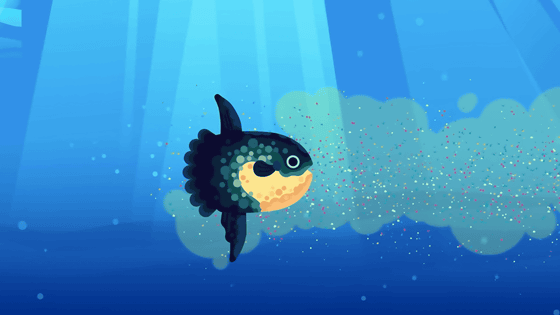
They eat anything soft, including fish larvae, squid, shrimp, shellfish, starfish, and small crustaceans.

Their favorite foods are 'jelly-like' creatures such as jellyfish, comb jellies, and salps.
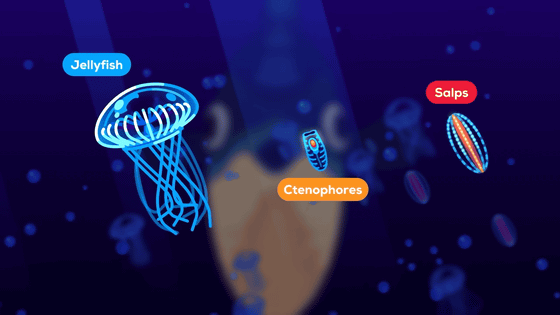
These are mostly water with almost no calories, so sunfish eat thousands of them a day.

Sunfish do not have swim bladders, but they can dive deep and quickly surface.
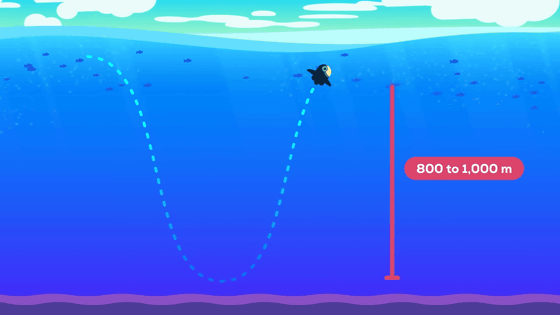
As a result, they have a wide range of movement, traveling tens of kilometers a day to feed on jellyfish on the seabed, coral reefs, and in the deep sea, and on plankton and algae on the surface.
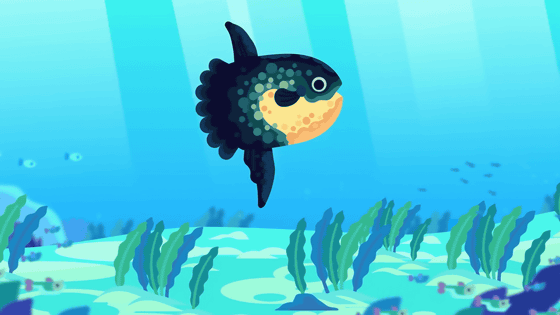
Sunfish eat large amounts of low-nutrition food. Moreover, because they do not chew with their beaks, they have claw-like teeth at the back of their throats.

It sucks in its prey, severing it with its throat teeth, and slowly rips it apart like a wood chipper.

Sunfish are goofy creatures that everyone teases, but they're actually highly specialized, hardy species that are widespread in the world's oceans—'a marvel of evolution, a true genius,' says Kurzgesagt.

Related Posts:







